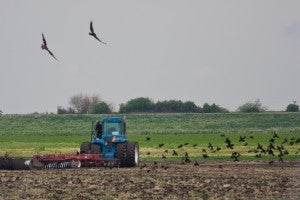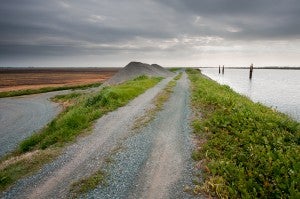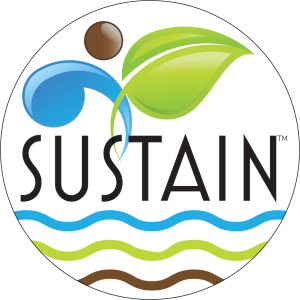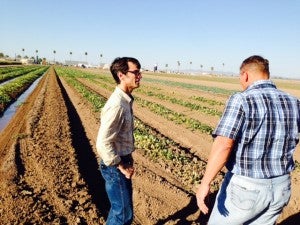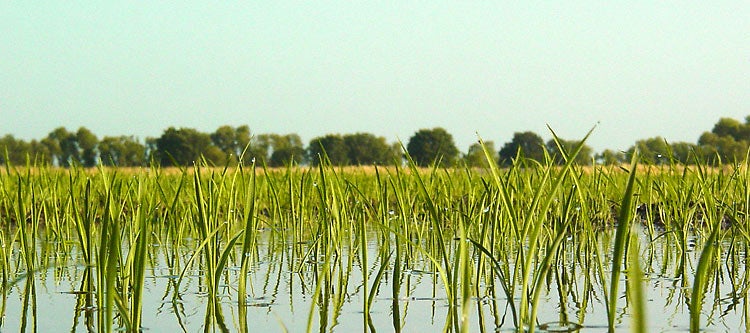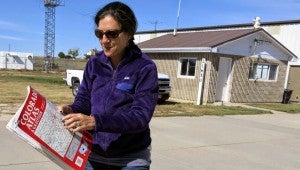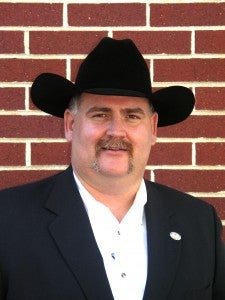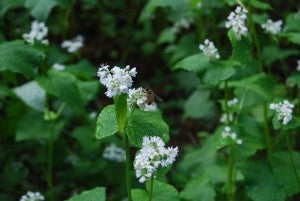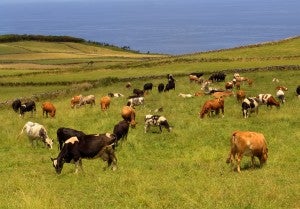At Environmental Defense Fund, we believe in the power of incentives to drive agricultural sustainability. That’s why we support emerging markets like California’s Central Valley Habitat Exchange and the state’s fledgling cap and trade market, which will soon allow rice growers to earn extra revenue.
Both markets reward farmers for improving the environment in specific ways.
The Central Valley Habitat Exchange, when it becomes operational, will allow farmers who create enhanced habitat for at-risk species to sell credits to businesses and agencies that need to meet conservation goals.










